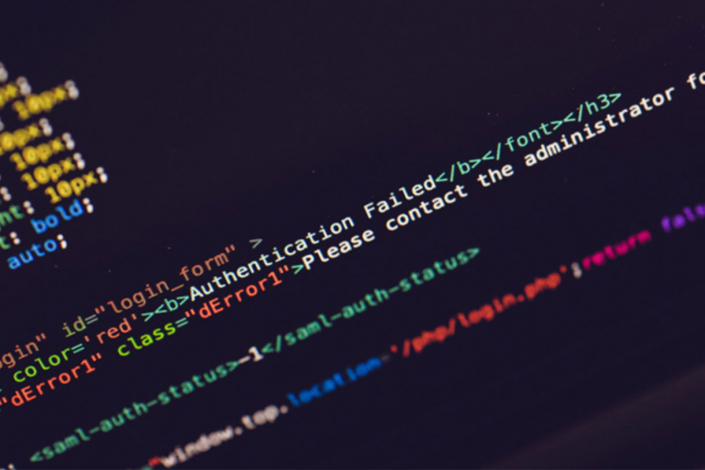 https://samtoa.de/wp-content/uploads/2024/06/JGR_KSP_Umgang-mit-Oracle-im-Java-Audit_Bild.jpg
330
643
Wolfgang Stratenwerth
https://samtoa.de/wp-content/uploads/2020/10/samtoa-license-experts-logo.svg
Wolfgang Stratenwerth2024-06-04 12:42:032024-06-04 14:22:04Beware of Oracle-Java-Audit: How to Prepare and Respond to Oracle’s Inquiries
https://samtoa.de/wp-content/uploads/2024/06/JGR_KSP_Umgang-mit-Oracle-im-Java-Audit_Bild.jpg
330
643
Wolfgang Stratenwerth
https://samtoa.de/wp-content/uploads/2020/10/samtoa-license-experts-logo.svg
Wolfgang Stratenwerth2024-06-04 12:42:032024-06-04 14:22:04Beware of Oracle-Java-Audit: How to Prepare and Respond to Oracle’s InquiriesOracle has just published a new price list that will leave you speechless at first. In the new price list for Java dated 23 January 2023, only “Employee for Java SE Universal Subscription” appears instead of the familiar “Named User Plus” or “Processor” licensing models. What does this mean, and, above all, what are the consequences?
All companies that have previously licensed Java via Named User Plus must be prepared for the fact that in future not only the people who use Java will need a license, but ALL the company’s employees.
Oracle defines the “Employee for Java SE Universal Subscription” as follows:
(i) all your full-time, part-time, and temporary employees and (ii) all full-time, part-time and temporary employees of your agents, contractors, outsourcers and consultants.
This means that if your company employs 1000 people, but only 100 people need Java, you need to license Java for 1000 people. This is a significant difference if you have previously licensed 100 Java Named Users Plus. In addition, the Employee license is around 5 times more expensive than the Named User Plus license.
How can you counteract the initial shock? Here are some tips that we have put together for you with our partner Redress Compliance.
If you have purchased Java SE subscriptions, Oracle will know that you are using Java and you should expect to be contacted by Oracle about a major upgrade to your Java SE license renewal fee.
If you are thinking of taking out a subscription under the new Oracle terms, find out how many license-holders are in your company. This can be a tedious task.
Oracle has improved its audit functions for Java. You can use third-party software asset management tools to audit Java usage for your organization.
If you are using older versions of Java and thought you didn’t need a license, you should double check. Most companies have wrongly assumed that older versions of Java do not require a license.
Customers who had Java ULAs will most likely not be offered a renewal and will instead switch to this new license metric, which in most cases will cost your company more than the ULA.
Negotiation skills and experience with Oracle will be much more important for customers to avoid paying millions of dollars each year for their Java usage.
If you have already licensed Java, you may be able to extend the subscription, but extensions will most likely not be possible.
If you are a company with 10,000 employees and use Java for 500 users, you could purchase licenses for 500 users in the past. Now you must license at least 10,000 users. This means an annual cost of 1 million dollars per year.
The immediate need for action is to understand Java licensing. Have you made the mistake of not licensing older versions of Java? Can you part ways with Oracle? If not, you need to engage your best Oracle negotiator on this issue to minimize the impact.
All it takes is one licensed installation of Java and you must license all.
The Author
Kirsten Springer
Managing Director and License expert of SAMtoa GmbH




 COPYRIGHT Fotos auf Lager von Vecteezy - https://de.vecteezy.com/
COPYRIGHT Fotos auf Lager von Vecteezy - https://de.vecteezy.com/































